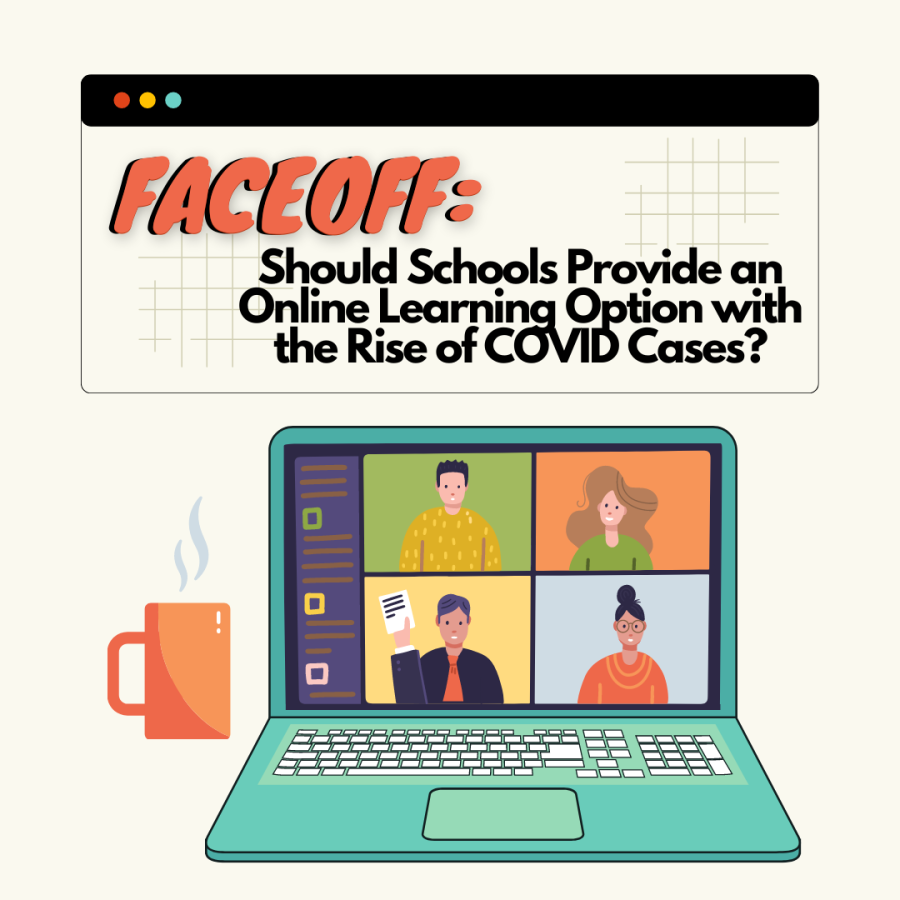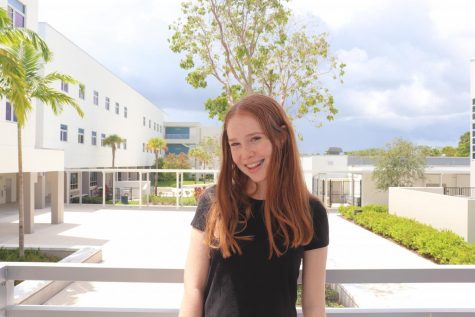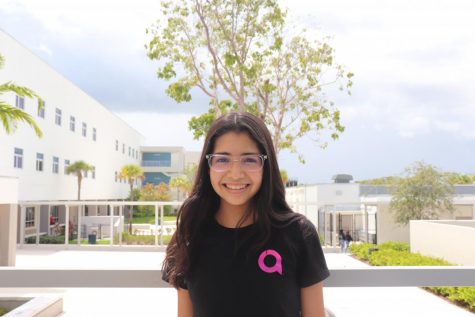FACEOFF: Should Schools Provide an Online Learning Option with the Rise of COVID Cases?
January 30, 2022
Yes (KM):
With COVID-19 cases spiking, schools should provide an online learning option in order to provide a safe and convenient environment for students and teachers. First, the latest variant — Omicron — is spreading significantly faster than previous strains of the virus. This fast-spreading variant has put students, teachers and their families at higher risk of contracting the disease and getting sick. Allowing students to stay home would ensure the safety of the community.
Aside from the many clear safety benefits, online learning provides students and teachers with a sense of comfort and flexibility, creating an optimal learning environment. There are no distractions at home, there are no sick students interrupting class and there is no time wasted in driving to and from school.
An online option also benefits students who contract COVID. If (or, at this point, when) students get sick at school, they are required to quarantine. Without an online option, these students quickly fall behind in their school work and it is difficult for them to catch up upon their return, leading to angst and dropping grades. With a virtual option, as Miami Palmetto Senior High offered last year, students could join Zoom meetings, preventing them from missing out on class and work.
For some students, school can be a place of anxiety and overall distress. Although it may seem an insignificant reason to give students the option to stay online, the choice can considerably change a child’s life and give them an opportunity to thrive in learning conditions that suit them.
While it is true that some students may face academic troubles online, the opposite is true for those who struggle in physical classrooms, where they do not get the support they need. The choice to remain physical or go virtual should be made on a case-by-case basis as families decide what works best for them. For those so strongly against providing a virtual option, remember that it is a choice, meaning no one would have to stay online unless they decided it works best for them and their family.
No (JJ):
Though the return to school frightens many students and families following the steep rise in COVID-19 cases, reopening an online learning alternative to students disinclined to attend physically is a step in the wrong direction.
For months on end, students were in isolation and struggled to maintain their studies from a remote setting. As a result, academic performance declined drastically, with more than 97% of educators estimating that their students experienced a significant loss of learning during the 2020-2021 school year compared to previous years.
Since the start of the 2021-2022 school year, many school campuses have returned to full, in-person capacity. Students back in school have a greater incentive to pay attention and apply themselves academically; consequently, overall grades and school performance have greatly improved.
Additionally, many students’ social-emotional skills have diminished because of the limited interaction that online learning causes. School is an outlet for students to collaborate, and reopening the virtual learning option permits them to alienate themselves.
Physical school gives students opportunities to reach out and participate in school extracurriculars such as sports teams and clubs; these opportunities allow children and teens to interact with people their age and possibly make new friends and connections.
The biggest concern among parents and their children about returning to schools is that it will increase their likelihood of contracting COVID-19 and risk damaging their health long-term. While it is an undeniable fact that interacting with such a large number of people daily increases students’ probability of contracting the virus, the new variant causes milder symptoms and requires a shorter quarantine time.
Overall, the negatives of reestablishing an online learning recourse strongly outweigh the positives.










